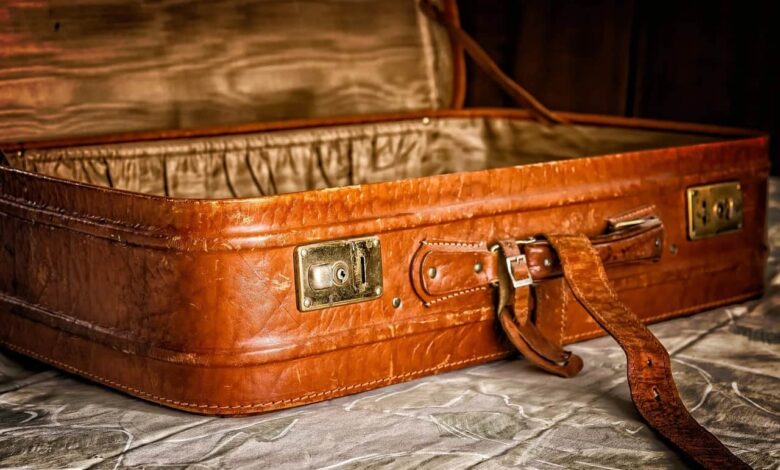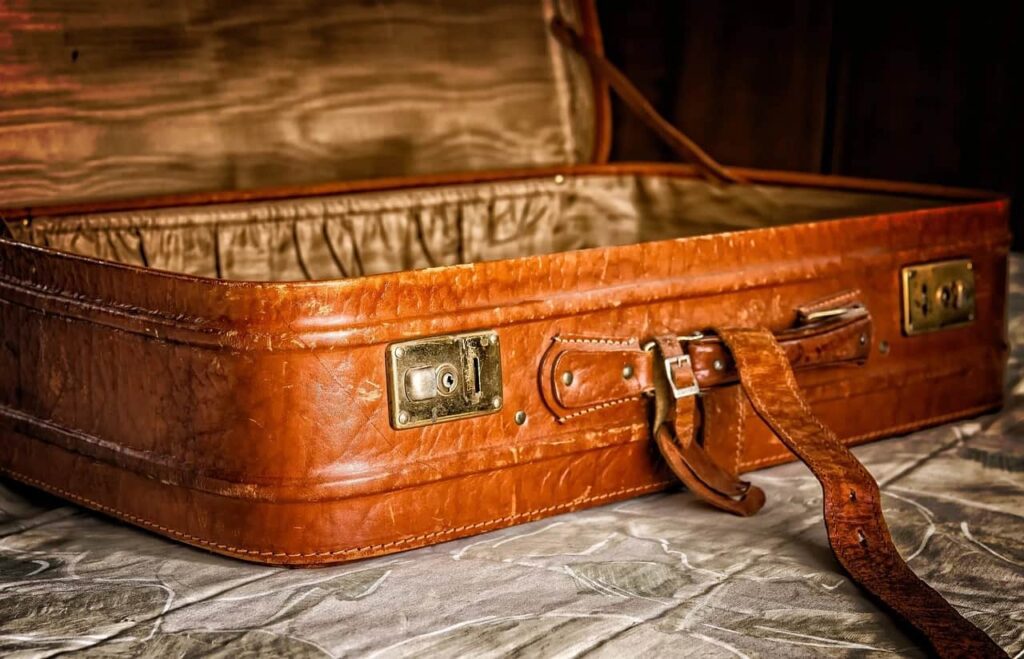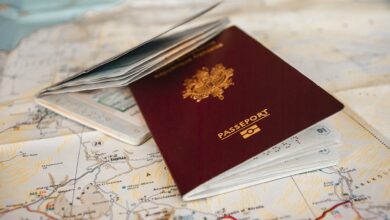Essential Packing List for Europe: What to Bring for a Perfect Trip


Essential Packing List for Europe: What to Bring for a Perfect Trip
Planning a trip to Europe? Packing smartly can make all the difference between a smooth vacation and constant stress. This comprehensive guide will ensure you have everything you need for your European adventure, from essential documents to clothing, electronics, and miscellaneous items that are often forgotten. Read on for the ultimate essential packing list for Europe to make sure you’re ready for a perfect trip!
Travel Documents and Essentials
Before you even think about clothes or gadgets, your travel documents should be the first priority. Europe is a hub of countries with varying regulations, so it’s important to pack your paperwork correctly.
Passport and Visa
Your passport is a must-have when visiting Europe. Check that it is valid for at least six months beyond your travel dates. Depending on where you’re headed, you may need a visa—especially if you’re visiting countries in the Schengen Zone. Research the visa requirements for the specific countries you’re visiting.
Travel Insurance
Never travel without travel insurance. Europe is generally safe, but accidents happen. Your insurance should cover health, lost luggage, trip cancellation, and emergencies. Make sure to have a printed copy of your policy with you.
Copies of Important Documents
Make digital and physical copies of your passport, visa, insurance policy, and emergency contacts. Email these copies to yourself for easy access.
Clothing Essentials for Europe
Europe has varied weather, so your clothing should reflect the season and destination. Let’s break it down to ensure you have the perfect packing list for your European trip.
Weather-Specific Clothing
When visiting Europe, be mindful of the weather:
- Winter (December to February): Pack a warm coat, thermal layers, gloves, and a hat.
- Summer (June to August): Light, breathable fabrics are your best friend.
- Spring/Autumn: Layering is key. Think scarves, light jackets, and comfortable jeans.
Footwear for Europe
Bring comfortable walking shoes for sightseeing, especially for cities with cobblestone streets like Rome or Paris. You should also pack a pair of formal shoes if you plan on dining out or visiting upscale locations.
Mix-and-Match Outfits
Pack versatile clothing that can be mixed and matched. This saves space and allows you to dress appropriately no matter where your European journey takes you.
Electronics and Gadgets
In the modern world, we can’t travel without electronics. Make sure you pack smart when it comes to gadgets.
Smartphone and Charger
Your smartphone will be your most-used tool for navigating, communicating, and taking photos. Don’t forget to bring your charger, and perhaps invest in a portable battery pack to keep your phone charged during long day trips.
Universal Power Adapter
Europe uses different power outlets than most other countries, so make sure you have a universal power adapter. Some European countries even have different outlets (Type C, E, F), so it’s best to be prepared.
Travel-Friendly Camera
If you’re into photography, bring a compact travel camera for high-quality shots. If you’re relying on your smartphone, make sure it has enough storage space for your photos.
Money, Cards, and Security
Managing money and securing your belongings is crucial when traveling abroad.
Cash and Credit Cards
While credit cards are widely accepted in most parts of Europe, it’s always a good idea to have cash in local currency for smaller purchases and tipping. ATMs are easily accessible, but check for foreign transaction fees.
Travel Wallet or Money Belt
A travel wallet or money belt helps keep your valuables safe from pickpockets, especially in busy cities like Barcelona or Paris.
RFID-Blocking Wallet
Consider bringing an RFID-blocking wallet to protect your credit cards and passport from digital theft.
Toiletries and Personal Care
When traveling across Europe, the right toiletries can make your journey more comfortable.
Travel-Sized Toiletries
Due to airline regulations, pack your liquids in travel-sized containers (100ml or less). These should include shampoo, conditioner, toothpaste, deodorant, and sunscreen.
First Aid and Medications
Pack a small first-aid kit with essentials like band-aids, antiseptic wipes, painkillers, and any prescription medications you may need. Don’t forget to bring your doctor’s prescription in case you need a refill.
Skincare and Sunscreen
Europe can have unpredictable weather, and sunscreen is a must—especially in southern regions like Spain or Italy. Bring your skincare routine essentials to keep your skin healthy during the trip.
Miscellaneous Items You Might Need
Some items don’t fit into a specific category but are still crucial for a comfortable trip.
Travel Pillow and Eye Mask
Long flights or train rides across Europe can be tiring. A travel pillow and eye mask will help you catch up on rest while traveling.
Reusable Water Bottle
Staying hydrated is important. Many European countries have safe tap water, so bring a reusable water bottle to fill up throughout the day.
Packing Cubes
To keep your suitcase organized, invest in packing cubes. These help save space and keep your items neatly arranged.
Conclusion
Packing for a European trip doesn’t have to be overwhelming. By following this essential packing list for Europe, you’ll be well-prepared for any adventure, no matter the season or destination. Remember to check the weather, pack versatile outfits, and don’t forget the essentials like documents and electronics. With this list in hand, you’re all set for a perfect trip to Europe!
You May Also Like: 10 Hidden European Gems You Must Visit In 2024


FAQs
- What should I avoid packing for Europe?
- Avoid overpacking. Many items, like toiletries, can easily be purchased locally. Also, avoid bringing valuables you don’t need, such as expensive jewelry.
- How do I pack light for Europe?
- Focus on packing versatile clothing that you can mix and match. Layering helps reduce the number of items you need, and using packing cubes can maximize space.
- Do I need a special adapter for Europe?
- Yes, Europe uses Type C, E, and F outlets. A universal power adapter is a must for charging your electronics.
- What are the best shoes to wear in Europe?
- Comfortable walking shoes are essential, especially if you’ll be exploring cities with cobblestone streets or uneven surfaces.
- Is it safe to use credit cards in Europe?
- Yes, credit cards are widely accepted in Europe, but it’s a good idea to carry some cash in local currency. Use an RFID-blocking wallet to protect your card information from theft.

